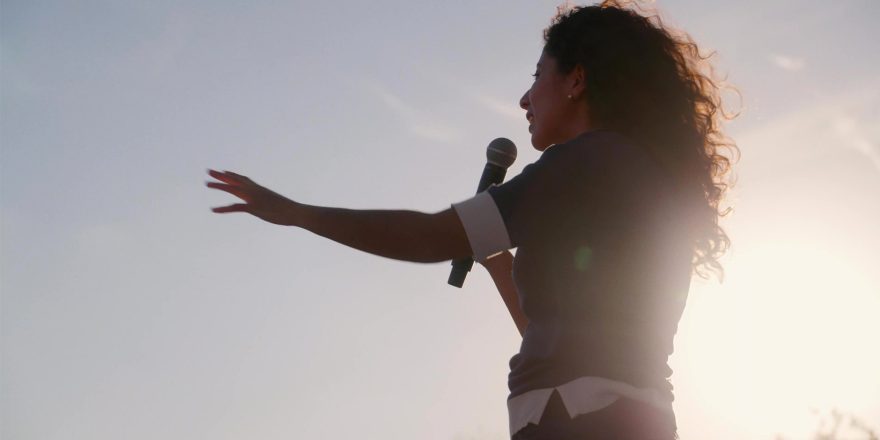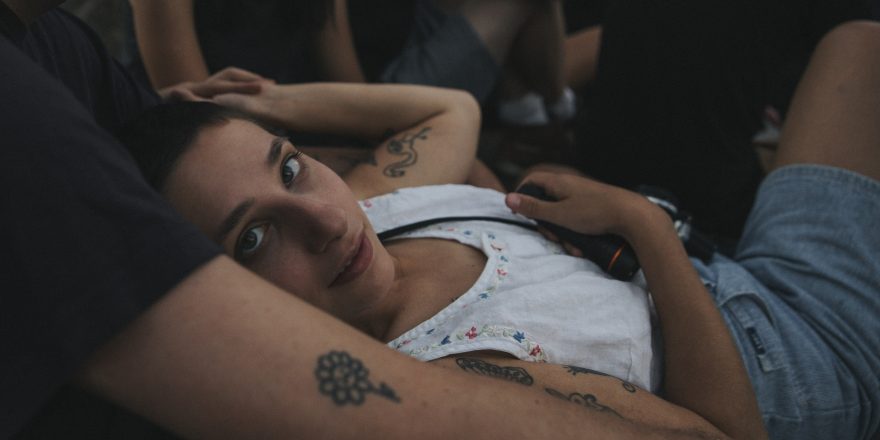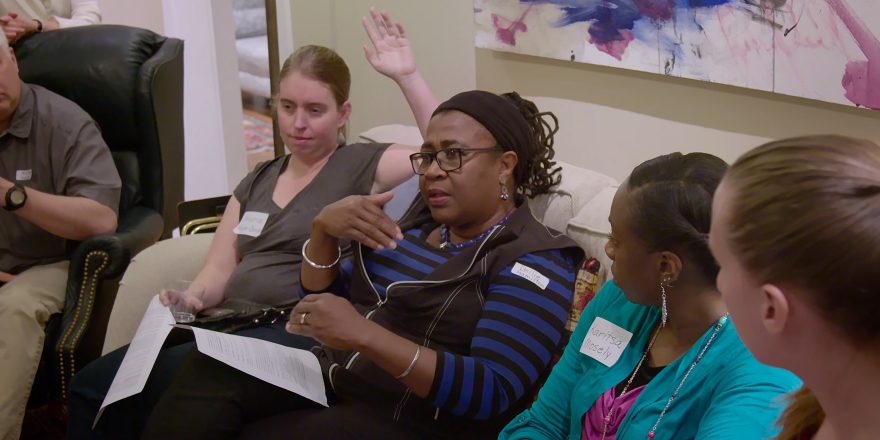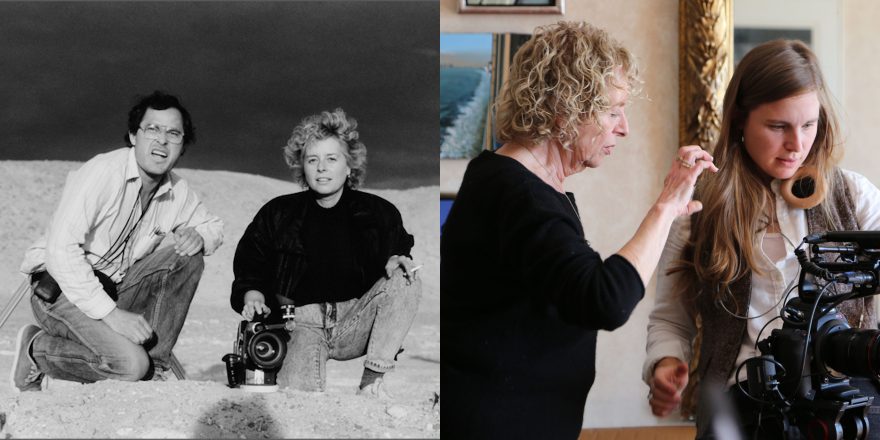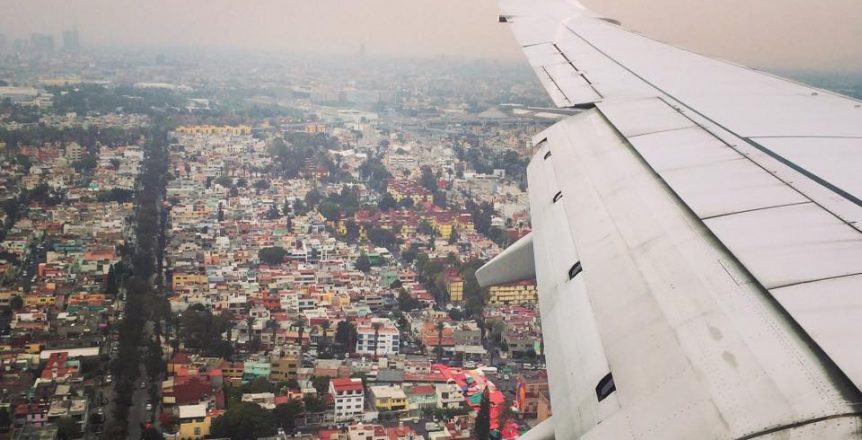I was the policy director for the ACLU of Texas during the terrible 2021 legislative session in Austin, when the legislature banned abortion, legalized carrying a gun without a permit, and dramatically changed the elections laws to make it harder to vote. It was devastating to lose so much that year.
Over Memorial Day, the session reached a fever pitch: Republicans pulled multiple all-nighters to advance their voter suppression bill. Then the Democrats eventually fled the Capitol building to prevent the final votes from being cast. On a bleary-eyed Monday, I called Andrew Morgan, whom I’d known since he directed his 2015 film, The True Cost, and said there was a wild story unfolding in Texas. That conversation kicked off a filmmaking journey that’s still going strong, two-and-a-half years later.
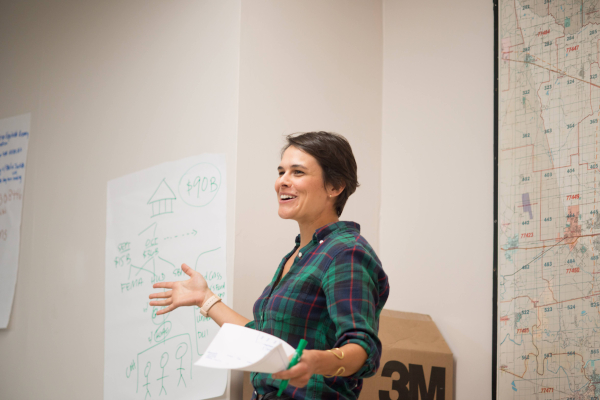
I’ve been a policy wonk for my whole career – in government, at the ACLU, as a researcher at a business school and on campaigns. “Policy” is basically how you get the government to do things, and it mostly means writing about, researching, lobbying for and bringing people together around what you think the government should do. In my case, human rights and civil liberties are my beat, so I work on issues that I hope will help make people’s lives better and our society more just.
Suffering through the 2021 legislature in Texas convinced me the tools we use for policy change were not enough. What was missing was a story that would help us understand who’s fighting for change – and invite people to join them. Looking back, I didn’t set out to become a documentary producer or to spend two years of my life on Texas, USA. I was just desperate for something else, something new, to bring to these exhausting fights.
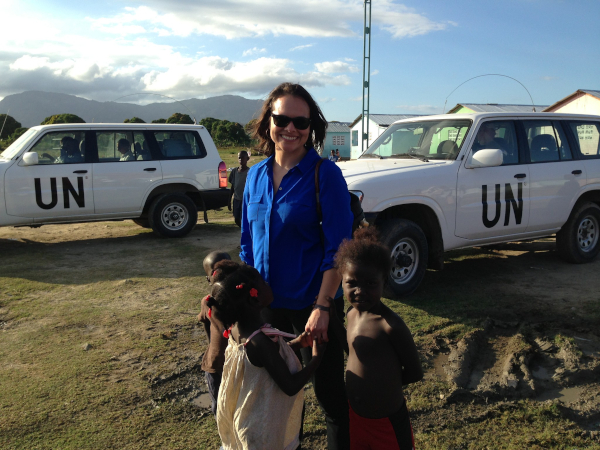
It makes sense that I would be drawn to storytelling – it was the strength of a story that got me to Texas in the first place. When Hillary Clinton lost the election in 2016, I didn’t know what I was going to do. I’d been on the campaign for more than a year and was due to go back into the State Department that fall if she won. When she didn’t, I decided to move and was searching for a place in America where I could live a more politically and civically connected life.
Around that time, Andrew Cockburn published a piece in Harper’s called “Texas is the Future,” which described the incredible community organizing happening in Harris County. In the reddest of red states, he wrote about how the Texas Organizing Project and other organizers had mobilized to flip the largest county – 4.5 million people – from red to blue. I visited Houston, met some of those people, and more than six years later, I’m still here.
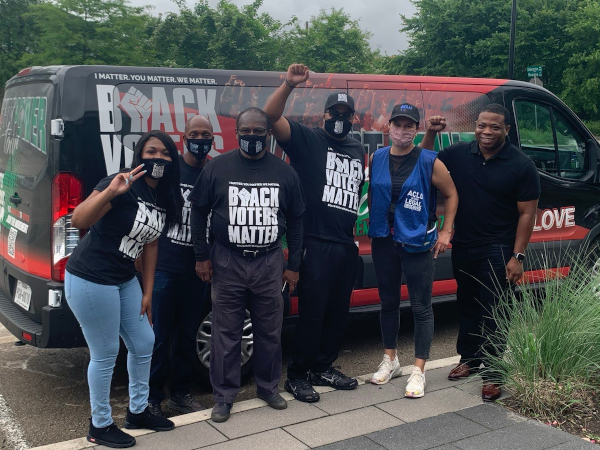
Most people don’t think of Texas politicians and their supporters as being young, progressive, multiracial and inspiring. But that’s what the politics look like up close, at the local level – and the local level in Texas is bigger than half the states in the country.
That’s the story Andrew Morgan and I started talking about in 2021, and I think it’s a story that’s playing out in a lot of red states. It’s why we called the film TEXAS, USA. It’s about this specific, larger-than-life state, and it’s also about the places in the country that get written off, where it’s easy to miss the dynamism of people fighting like absolute hell for a better version of American democracy, often at great personal cost.
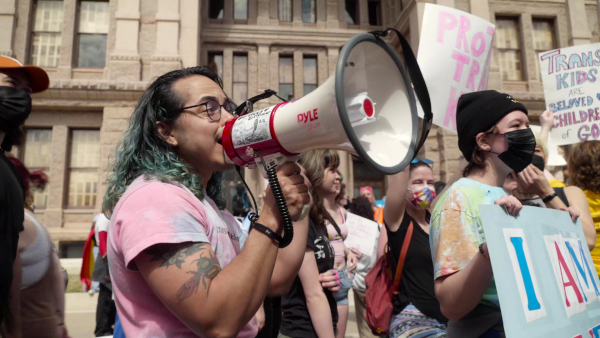
A lot of political films that I watched to prepare for the project are candidate or campaign stories that lead up to a dramatic win-or-lose moment. The reality of living in a place like Houston in the 2020s is that the fights are so much bigger than one campaign. You don’t suddenly live in a place that respects who you are and even supports you to live a good life because of one election.
It was important that we showed the connection between candidates and organizers in the film and that we showed the commitment of the characters to incredibly long fights. Yes, we wanted the drama of whether Lina Hidalgo, Harris County’s 32-year-old, immigrant, Stanford grad chief executive, was going to win her reelection bid. And we wanted to see Adri Pérez fighting for trans kids and Greg Casar passing a paid sick-leave ordinance.
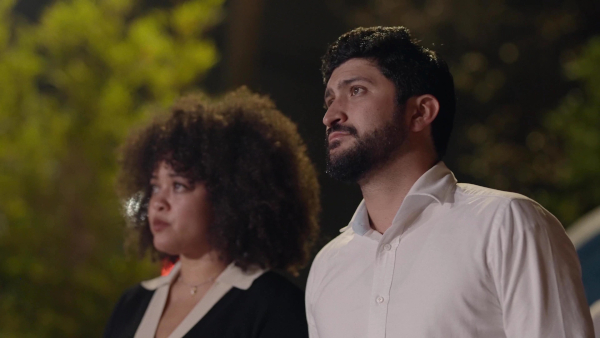
There’s a lot of talk now about “defending democracy.” One of the things I love about the characters in the film is that they don’t aspire to protect a version of American democracy that’s never been particularly inclusive or multiracial. They look ahead. We use a 1976 line from Barbara Jordan – she was one of the first Black women to be elected to Congress after Reconstruction: “We have a positive vision of the future founded on the belief that the gap between the promise and reality of America can one day be finally closed. We believe that.”
In TEXAS, USA, we show how the gap between the reality and the promise feels wider than ever – the scene from the Uvalde school shooting makes me cry every time I watch it – and we show the people who are motivated by an unstoppable belief that we can, in fact, close the gap. Saving our democracy and making it better than ever requires many, many more people to share that belief.
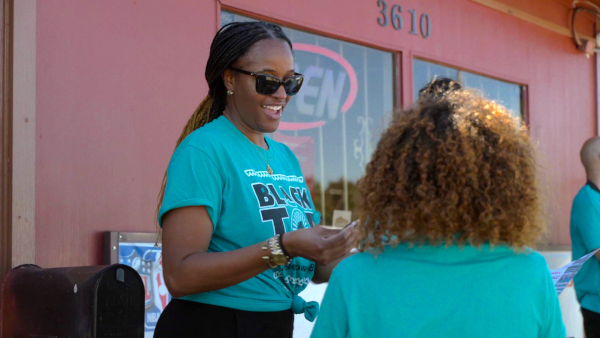
Some of the characters in our film win, against long odds. Some of them lose. Some are fighting for change beyond winning an election at all. I live in Houston because there’s a political transformation happening here. I made the film because more people should know about this version of Texas and this version of politics. In the process of making it, I uncovered a passion for connecting policy – what needs to be done – with showing people it can be done.
Featired image shows Lina Hidalgo in TEXAS, USA; all images courtesy Sarah Labowitz. 


